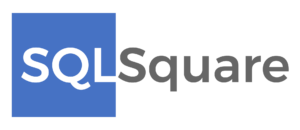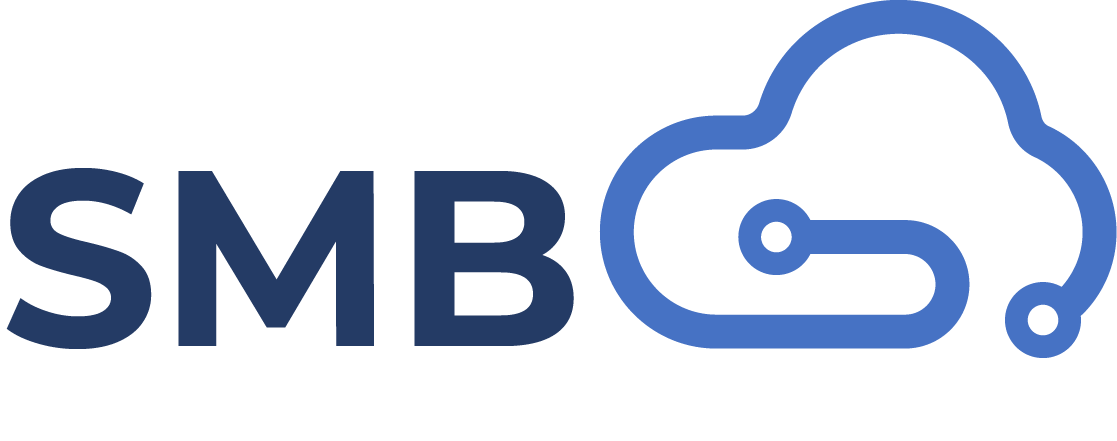Let’s review some of the most common DevOps Practices.

Continuous integration and continuous delivery (CI/CD)
- Continuous integration is a software development practice in which developers merge code changes frequently into the main code branch.
- Continuous integration employs automated testing, which runs every time new code is committed so the code in the main branch is always stable.
Continuous delivery is the frequent, automated deployment of new application versions into a production environment. - By automating the steps required for deployment, teams reduce issues that may occur upon deployment and enable more frequent updates.
- When both practices are in place, the resulting process is CI/CD, which includes the full automation of all steps between code commit to production deployment. Implementing CI/CD allows teams to focus on building code and removes the overhead and potential human error in manual, mundane steps. CI/CD also makes the process of deploying new code quicker and less risky. Deployments then happen more frequently and in smaller increments, helping teams become more agile, more productive, and more confident in their running code.
Version Control
- Version control is the practice of managing code in versions—tracking revisions and change history to make code easy to review and recover. This practice is usually implemented using version control systems such as Git which allow multiple developers to collaborate in authoring code. These systems provide a clear process to merge code changes that happen in the same files, handle conflicts, and roll back changes to earlier states.
- The use of version control is a fundamental DevOps practice, helping development teams work together, divide coding tasks between team members, and store all code for easy recovery if needed.
- Version control is also a necessary element in other practices such as continuous integration and infrastructure as code.
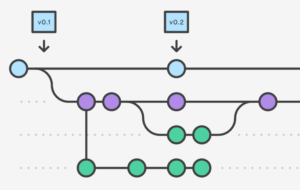
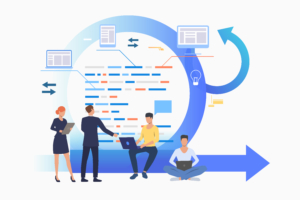
Agile Software Development
- Agile is a software development approach that emphasizes team collaboration, customer and user feedback, and high adaptability to change through short release cycles.
- Teams that practice Agile provide continual changes and improvements to customers, collect their feedback, then learn and adjust based on customer wants and needs.
- Agile is substantially different from other more traditional frameworks such as waterfall, which includes long release cycles defined by sequential phases. Kanban and Scrum are two popular frameworks associated with Agile.
Infrastructure as Code
- Infrastructure as code defines system resources and topologies in a descriptive manner that allows teams to manage those resources as they would code.
- Those definitions can also be stored and versioned in version control systems, where they can be reviewed and reverted—again like code.
Practicing infrastructure as code helps teams deploy system resources in a reliable, repeatable, and controlled way. - Infrastructure as code also helps automate deployment and reduces the risk of human error, especially for complex large environments. This repeatable, reliable solution for environment deployment lets teams maintain development and testing environments that are identical to production.
- Duplicating environments to different data centers and cloud platforms likewise becomes simpler and more efficient.
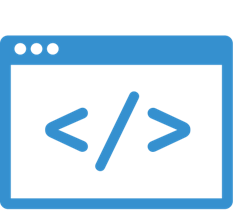
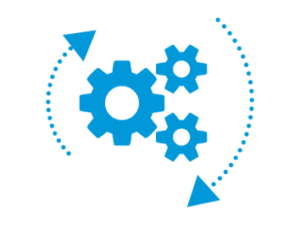
Configuration Management
- Configuration management refers to managing the state of resources in a system including servers, virtual machines, and databases.
- Using configuration management tools, teams can roll out changes in a controlled, systematic way, reducing the risks of modifying system configuration.
- Teams use configuration management tools to track system state and help avoid configuration drift, which is how a system resource’s configuration deviates over time from the desired state defined for it.
- Practiced in conjunction with infrastructure as code, both system definition and configuration are easy to templatize and automate, helping teams operate complex environments at scale.
Continuous Monitoring
- Continuous monitoring means having full, real-time visibility into the performance and health of the entire application stack, from the underlying infrastructure running the application to higher-level software components. This visibility consists of the collection of telemetry and metadata as well as the setting of alerts for predefined conditions which warrant attention from an operator. Telemetry comprises event data and logs collected from various parts of the system, which are stored where they can be analyzed and queried.
- High-performing DevOps teams ensure they set actionable, meaningful alerts and collect rich telemetry so they can draw insights from vast amounts of data. These insights help the team mitigate issues in real time and see how to improve the application in future development cycles.

SQLSquare offers consulting services helping you adopt DevOps Practices. Our Services include:

